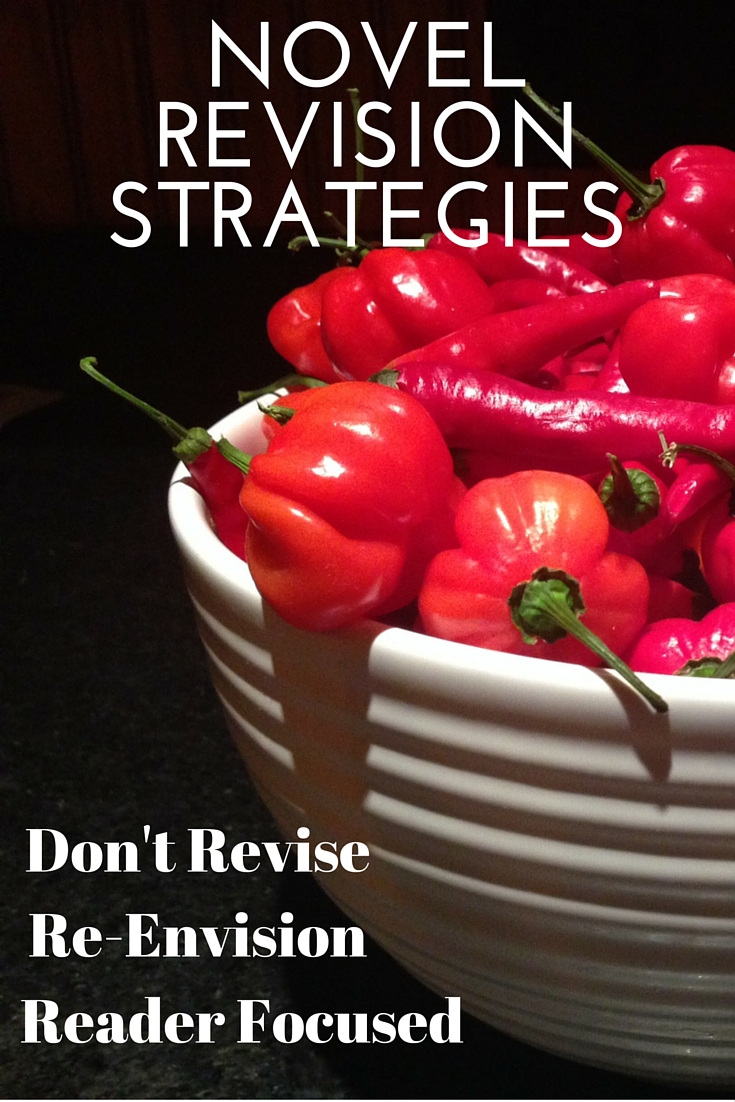I talk a lot about revising fiction here and when I visit with people. I teach novel revision, especially in my novel revision retreat. Recently, I’ve been trying to reconcile the different ways talk about revision and understand the differences. It seems to me that there are several distinct differences, each with its own strengths.

Don’t Revise. One school of thought is that the raw energy of a first draft represents your storytelling at its best. For these writers, they will work on learning craft issues, but once a tory is written, they don’t want to revise extensively, or they feel it will kill the energy. Don’t’ mistake this for laziness; they are diligently learning plotting, characterization, and so forth. Rather, like other artists, they believe the raw energy – a sort of primitiveness in visual art might be an analogy – is more important.
Re-envision. This type of revision takes a first draft and re-envisions it drastically to meet a mental model of a perfect story. The ideal story varies from writer to writer and genre to genre. Some will tout the hero’s journey as the perfect story, and scenes must slot into the stages of the journey. Whatever the story model, the goal is to match up the current story with the model. Often, it requires extensive rewriting because the writer’s first draft didn’t follow the model.
While this holds out the promise of a great story, it can also be a trap for the under-confident writer. If an editor has a different mental model of story, it could mean extensive rewrites of a story that under a different editor would be acceptable.
Reader Oriented. For me, the first draft of a story is to find out what story you want to tell. All subsequent drafts have the goal of finding the most dramatic way to tell the story. That means, you’re thinking of the reader. How can you tell a story to impact the reader the way you want? Do you want them to be scared, touched emotionally by tenderness, or so tense that the pages turn themselves? Revision here blends the mental model of a story with the reader’s imagined responses.
Of course, literary theorists can talk about reader-response theory, the narrative arc, and lots of other literary analysis techniques. I’m not saying you need to be proficient in all of those. Rather, I’m asking – what’s the most important consideration for you as you revise?
Your unique vision – you, as a creative artist.
Shaping a story to match your mental model of Story (with a capital S). Story theory.
Reader’s reaction. Audience.
No rights and wrongs. Only a recognition of your goals as a writer.
What’s your mindset as you approach the revision of a story? And does it change from story to story?